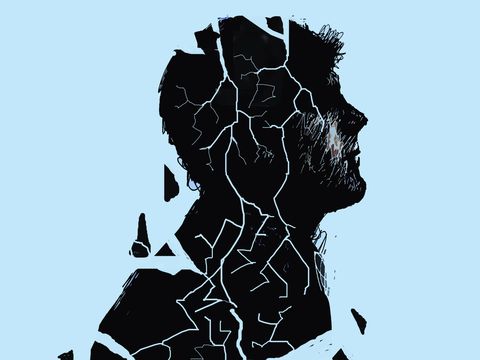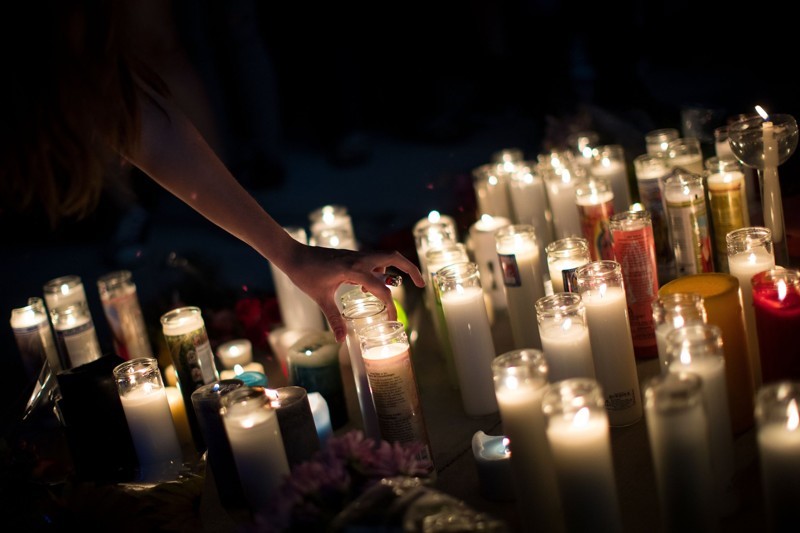Suicide by the Numbers: Why it Needs to Keep Being Discussed
Suicide. The word evokes feelings of fear, abandonment, pain, and guilt for both the persons choosing to die by suicide, and for the family and…
Suicide. The word evokes feelings of fear, abandonment, pain, and guilt for both the persons choosing to die by suicide, and for the family and friends who are left behind. In the past two weeks the deaths of fashion icon Kate Spade and super chef Anthony Bourdain have changed the tide of the conversation from secret covert chatter to front and center. What can we learn from these unfortunate events and how can we prevent people from choosing to die by suicide?
As a society, we should have an awareness of the signs and symptoms of depression. We all experience depression at some point. Some people who contemplate suicide or choose to die by suicide have endured chronic depression, inability to experience happiness, and perhaps have had a traumatic situation (i.e.being a victim of abuse, bullying) happen to them. A study conducted by Fuller-Thompson, Baird, Dhrodia, and Brennestull(2016) notes that the odds of suicide attempts are significantly higher among those with a childhood physical abuse, childhood sexual abuse, and parental domestic violence.
You may not know this about someone straight away but there are other overt signs such as withdrawing from friends and family, low motivation to complete task, increased or decreased sleep, increase or decrease in appetite, feelings of hopelessness and helplessness, and possible lack of attention to appearance. On the latter, a friend of mine wore the same outfit to work for a week in order to bring attention to suicide prevention. No one inquired or said anything. When you notice changes in a family or a friend apply the TSA rule: If you see something say something. Talk to them as a concerned friend or family member. Most people who are in pain want help.

The National Suicide Prevention Life Line lists 5 steps to take when someone is in pain:
- Ask directly, “Are you thinking about killing yourself?”
- Keep them safe. Ask about their plan. Remove any objects that could be used to hurt themselves.
- Be there. Listen and do not judge.
- Connect them to supports, family, therapist, crisis services or call 1-800-273-825
- Check in and follow up. See how they are doing.
Moreover, some people who choose to die by suicide may not have a chronic mental illness, but rather a situational change (loss of job, marriage, finances etc.) rendering them with feelings of hopelessness and helplessness. In a recent study released last Thursday by the CDC it not only indicated that suicide rates have increased in 49 US states but researchers also found that more than half of those who died from suicide during between 1999 and 2016 did not have a known mental disorder. If you know of someone who is going through a recent life change check on them and encourage them to get help.
Changing the narrative on suicide also strongly depends on access to services as well as eliminating the stigma associated with seeking help. Society, historical has had a tendency to demonize mental illness. People were often sent to live in institutions or grossly experimented upon. Today we still use words to describe behaviors where as people living with those conditions are afraid to seek help. Phrases like, “You are retarded,” or “Stop acting Bipolar,” or “She/He is just acting crazy,” or “She is always depressed.” Phrase like these have to be erased from our vernacular so that people who need access to help get help.
Lastly, the shortage of practitioners is unable to meet the demand, particularly psychiatrists (a prescribing medical doctor). Access to see a psychiatrists can range from one week to 3 months. Alternatives would include allowing psychologist (doctoral level mental health provider with extensive training in therapy, testing and biological basis of behavior) to prescribe under the guidance of a Medical Doctor. Currently, there are only 5 US states who allow psychologist to prescribe medications as well as the US Military. In conjunction with prescribing limitations, the closing of institutions has led to the decrease in psychiatric emergency beds (hospitalization). For those in crisis this could mean waiting in the emergency room for hours until a bed becomes available or being released without appropriate care. Without advocacy from lobbying and professional organizations and the general public, gaps in treatment will continue to grow.

As a family member, friend, and neighbor educate yourself on mental health. Consider taking a class to become a Mental Health First Aider. Without public knowledge and support more people will remain in the shadows and less likely to receive help. Let’s turn the tide and stop the number from rising.
If you or someone you know is thinking about suicide visit your local emergency room or call 911.
The Suicide prevention line can be reached at 1-800-273-8255
Priscilla Wright, Ph.D, LPC,NCC
Disclaimer: The views, opinions and positions expressed by the authors and those providing comments, opinions on this website are theirs alone, and do not necessarily reflect the views, opinions or positions of M-Lifestyle and their affiliates. M-Lifestyle does not claim ownership of any images used, unless otherwise specified.
![]()






